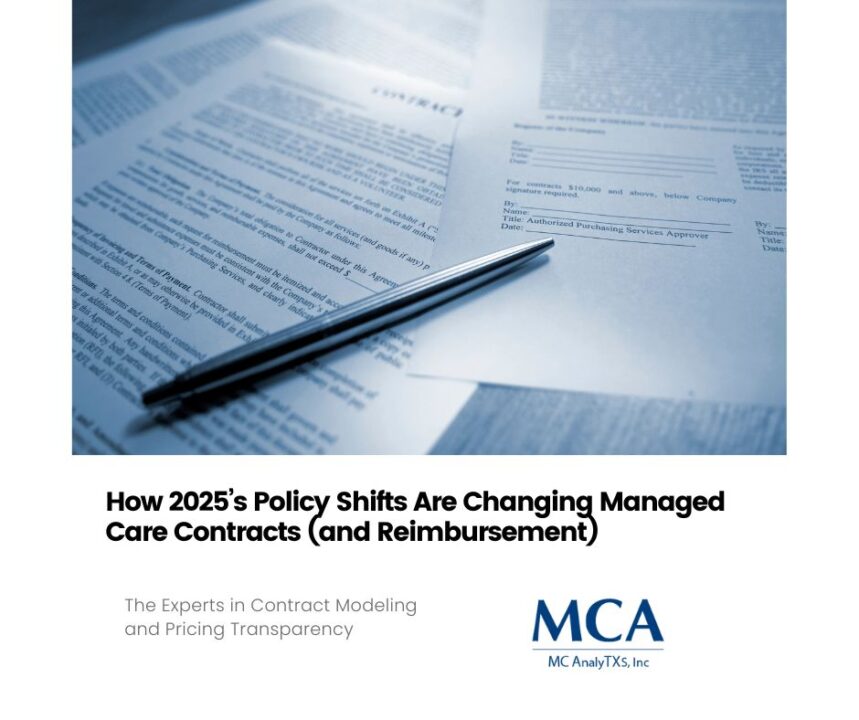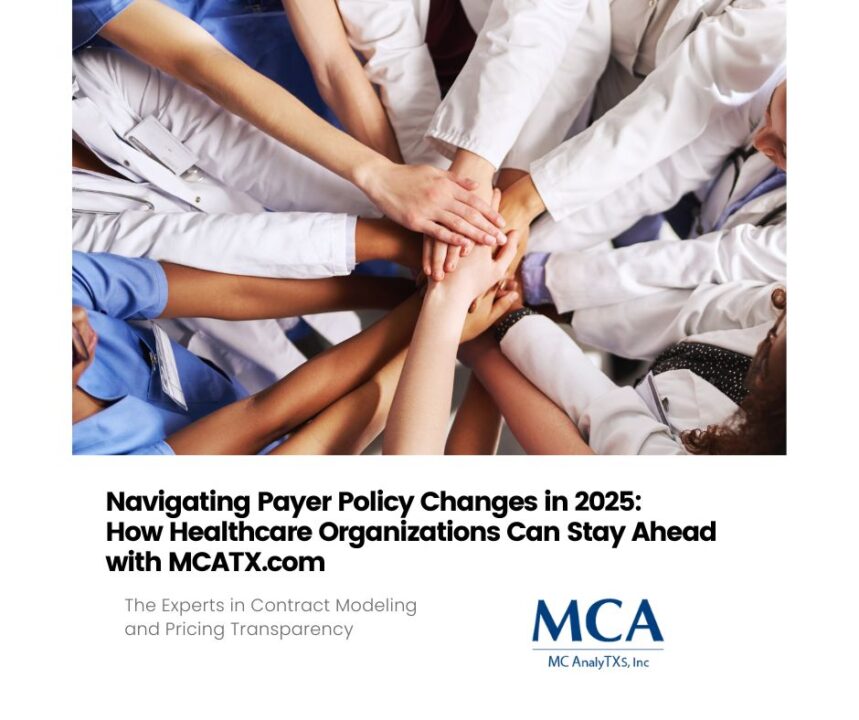
Maximize Hospital Revenue: Tips and Tricks for Tough Reimbursement Environments
December 18, 2023
Understanding the Impact of Hospital Price Transparency Violations on Your Organization
December 22, 2023
One of the biggest challenges healthcare providers face is managing their revenue cycle effectively. Denials, write-offs, and reworks can all result in unnecessary costs and lower patient satisfaction. In this article, we will discuss how you can build and execute an effective RCM strategy that helps you avoid these costs and improve your yield and patient satisfaction.
Start with a clear understanding of your revenue cycle – Before you can develop an effective RCM strategy, you need to understand your revenue cycle. This means identifying each step in the process, from patient registration and scheduling to billing and collections. You also need to understand the data involved in each step, including how it is collected, stored, and analyzed.
Analyze your data – Once you have a clear understanding of your revenue cycle, it’s time to analyze your data. This means looking for patterns and trends that can help you identify areas for improvement. For example, if you notice that a specific procedure is consistently being denied, you may need to review your documentation and billing processes for that procedure to ensure you’re submitting accurate and complete claims.
Implement automation tools – Automating your revenue cycle can help you reduce costs and improve efficiency. There are several tools available, such as revenue cycle management software solutions, that can automate tasks such as claim submissions, billing, and collections. These tools can also help you identify potential issues before they become denials, reducing rework and write-offs.
Train your staff – One of the most important elements of an effective RCM strategy is a well-trained staff. Your team needs to understand the importance of accuracy in every step of the revenue cycle, from patient registration to payment collection. By focusing on training and education, you can help your team identify potential issues before they become costly denials or write-offs.
Monitor and adjust your strategy – Finally, it’s essential to monitor your RCM strategy regularly and adjust it as needed. This means tracking key performance indicators (KPIs), such as your denial rate and average days in accounts receivable. By monitoring your KPIs, you can quickly identify potential issues and make changes to your strategy to address them before they become costly problems.
Conclusion:
An effective RCM strategy is a critical component of any successful healthcare organization. By building and executing a strategy that focuses on avoiding unnecessary costs associated with denials, write-offs, and rework, you can improve your yield and increase patient satisfaction. Start by understanding your revenue cycle, analyzing your data, implementing automation tools, training your staff, and monitoring and adjusting your strategy as needed. With the right approach, you can not only improve your bottom line but also provide better care to your patients.
To learn more join our upcoming webinar Thursday, January 18th at 1 pm CST.





